About 7 billion of the 9.2 billion tonnes of plastic produced in the last seventy years is now plastic waste, ending up in landfills or dumped. Every minute, the equivalent of one garbage truck of plastic is dumped into our ocean.
Is this the end of plastic?
Following the UN’s historic resolution last year where 175 nations agreed to end plastic pollution, negotiations are underway to agree on the Global Plastics Treaty which is expected to come into force by 2024 and will address the full life of plastic from production to disposal. It will contain mandatory global measures, including curbs on production and possibly a ban on single-use plastic items, a “polluter pays” scheme and a tax on new plastic production.
Whatever comes into force, it is clear the world’s collective relationship with plastics needs to change and moving from a linear to a circular economy requires a different approach to production, consumption, reuse, recycling, and disposal.
Celebrity support aiding growing movements against plastic

Why Telcos should care
Research shows that the age group most concerned with the environment (15–35-year-olds) also happen to be mobile network operators’ key audience. This may partly be why two-thirds of providers have laid out quantifiable sustainability targets.
How MNOs plan to improve sustainability
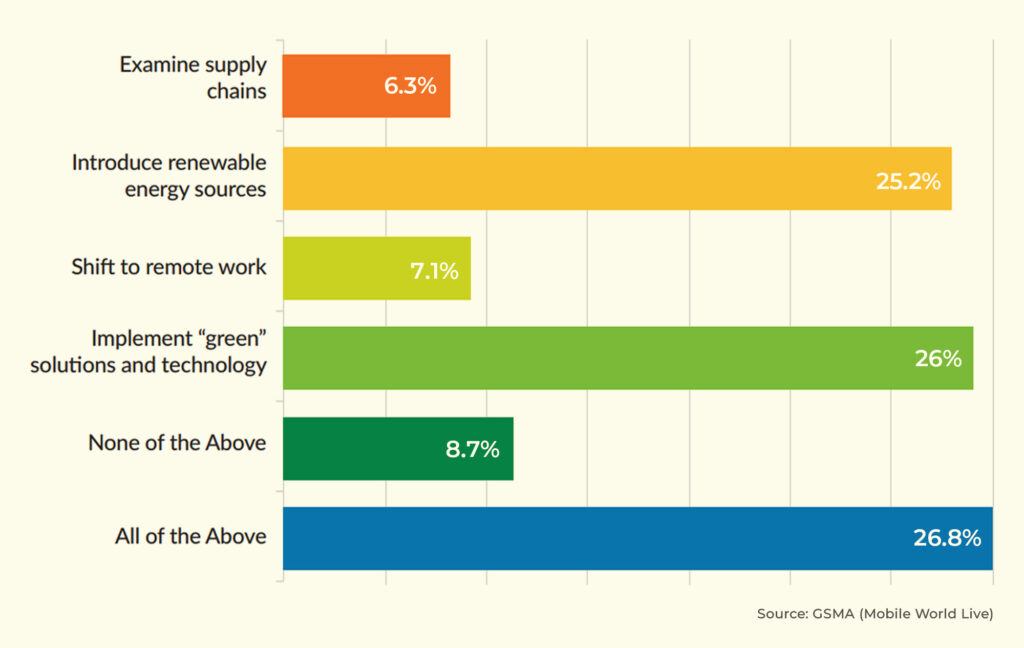
Telcos are also well-positioned to enable other industries to deploy circular solutions that reduce emissions not only through digitalisation but cutting consumption and waste. As a resource-intensive industry reaching billions, telcos can play a decisive role in reducing physical waste from the four billion plus SIM cards and their packaging produced worldwide every year.
Are recyclable plastic SIMs the answer?
Currently, only 9% of materials in the global economy are recycled; the US only recycled a meagre 5% of its 51 million tonnes of plastic waste produced in 2021. The remainder has ended up in our oceans and landfills highlighting the urgent need for transformation – from the amount of plastic being created and discarded to recycling rates.
What happens to plastic waste worldwide?
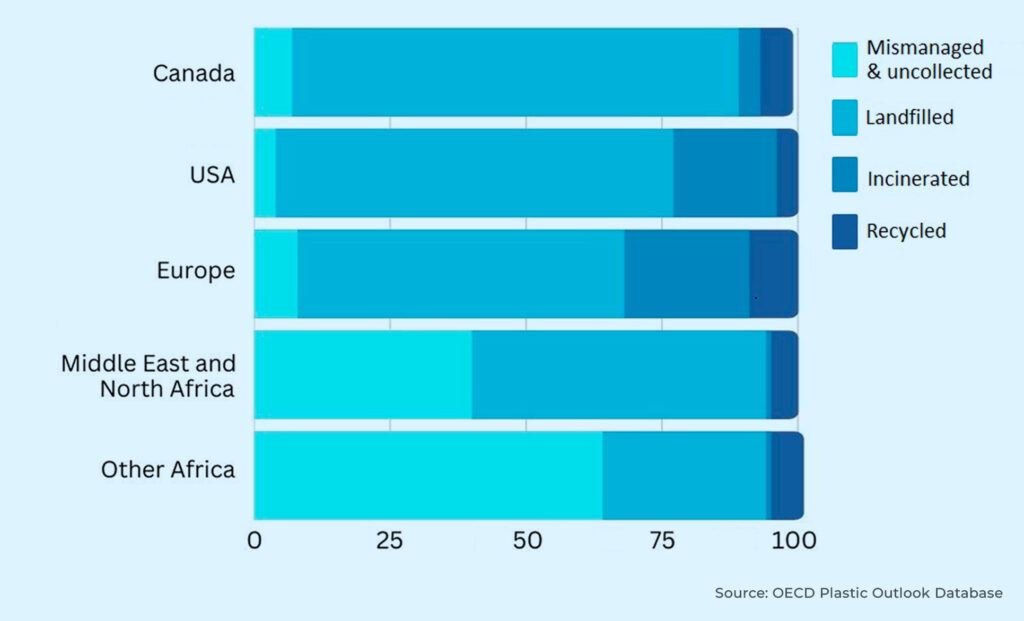
However, aside from the constraints placed on the items that can or cannot be recycled owing to their composition – many now have a resin code, a number between 1-7, stamped inside a triangle of arrows, which specifies a type of plastic — there are further challenges that hamper the environmental inroads that recycling makes.
Campaigns, such as those run by Recycle Now and the Rethink Plastic Alliance would have consumers believe that recyclable plastic is the way to go because of the message that once they have used an item, its plastic can be re-processed and made into something else in an endless, repetitive cycle marketed to make them believe recycling equals no harm, no foul.
However, the proverbial fine print reveals that not only can plastic not be recycled indefinitely. In fact, it can be done a maximum of 2-3 times, but each time plastic is recycled its quality is downgraded because the polymer chain in its makeup gets shorter. Recycled items aren’t made up of entirely recycled plastic either – virgin material is added each time to upgrade the item. While it isn’t the best solution, plastic recycling still plays its role, but the world’s recycling capacity is currently unable to handle the amount and types of plastic being discarded, so other solutions to the global plastic pollution crisis are needed.
What about plastic incineration?
Twelve per cent of plastic waste gets sent to incinerators, sometimes referred to as “waste-to-energy” plants, which burn plastics in huge ovens to produce paltry amounts of electricity, while releasing toxic chemicals, greenhouse gases, and a steady stream of toxic ash that is either stored in manmade ponds or is landfilled. The ash and emissions release toxic particulate matter and chemicals that increase people’s risk of cancers, respiratory illnesses, immune system problems, and other serious diseases.
Where does plastic packing material go?
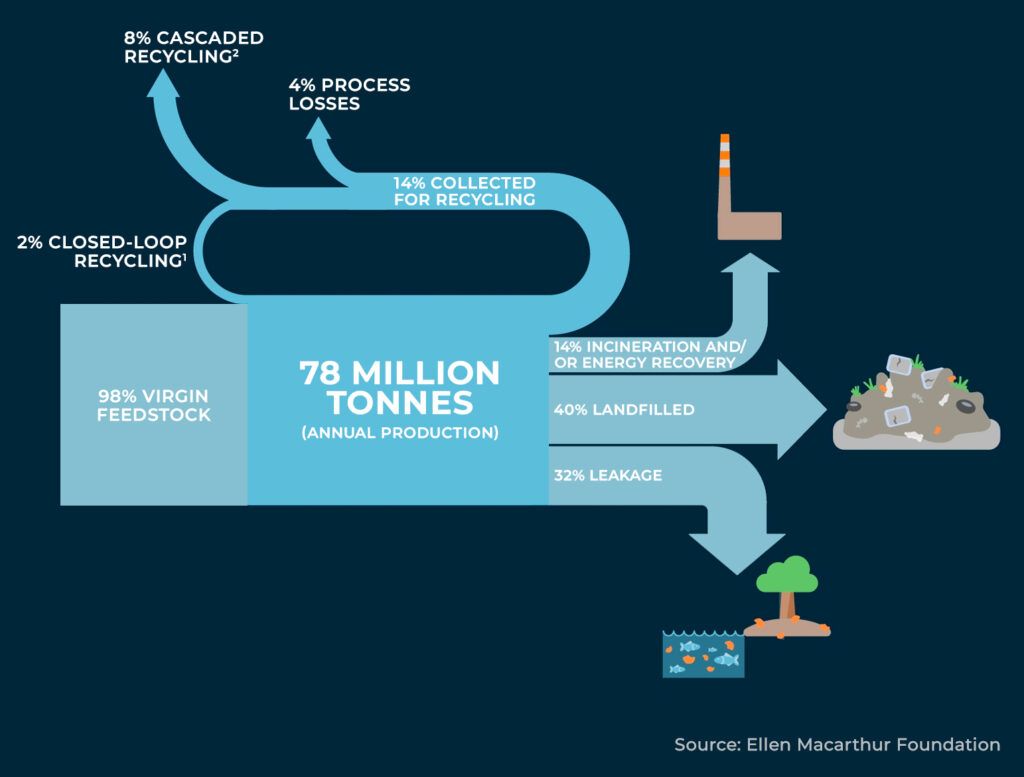
What are the eco alternatives for telcos?
Thankfully, options that are more suitable in the long term have been developed, particularly when it comes to telcos producing plastic on a large scale and would like to implement CSR initiatives in line with the UN Sustainable Development Goals as well as to boost their images.
Bioplastics
Bioplastics move away from plastic made with fossil fuels such as crude oil and natural gas and are instead made up of various plants and biological materials, from plants, the most common being sugar cane, corn, wheat, and potatoes. Softwoods, such as pine, fir, or spruce are also used, and it is even possible to synthesise bioplastics from microorganisms and algae.
The pros of using bioplastics are that they are recyclable, compostable, and non-toxic. Its carbon footprint is an estimated 75% lower than PET production and they have several zero-waste end-of-life options, meaning they can be cleanly incinerated and industrially composted.
However, they are considerably more expensive to obtain as they are more costly to create and the growing demand for bioplastics creates competition for food sources. This is due to bioplastic requiring land and this leads to certain ethical questions – should the land be cleared for the crops used in bioplastics or should the land be used for food and help solve the global food crisis?
Both biodegradable and compostable plastics biodegrade when microorganisms digest the building blocks that make up the material – but there are important differences between these two terms.
Compostable plastic
Compostable plastic is specifically designed and tested to be processed in either home or industrial composting facilities. Compositing facilities enable specific conditions like temperature and moisture to turn the plastic into usable soil conditioner.
Biodegradable plastic
Biodegradable plastic gets broken down naturally over time by microorganisms such as bacteria and fungi under certain conditions such as temperature and humidity. It can break down and turn into carbon dioxide, water, and biomass within a reasonable amount of time. Consumers can get confused because the definition of biodegradable does not have a set time limit and some companies hide behind this so-called transparency. However, a biodegradable product takes way less time to break down than the several hundred years it can take to break down plastic SIM cards.
Decomposition times for SIM cards
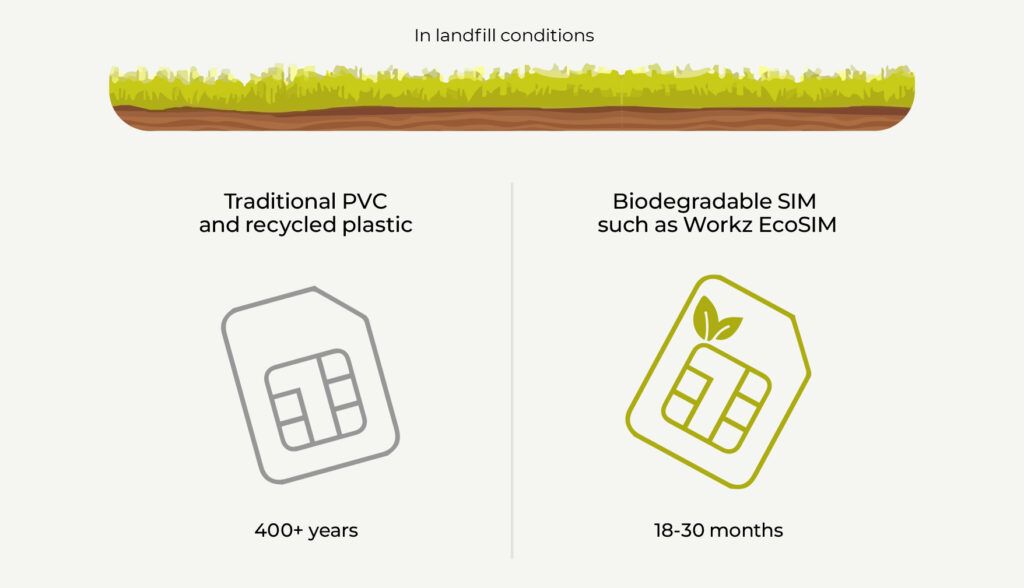
What are the next steps for telcos?
How network operators play their part in addressing the plastic problem can be split into two categories; immediate, easier quick fixes and more strategic long-term implementations where wholesale changes will need to be successfully implemented over time without incurring any risk to the business.
What can MNOs do now?
In recent years, telcos had already begun to address plastic waste by reducing their card size and packaging components. Nevertheless, in 2022, despite a silicon chip shortage, an estimated 4.3 billion SIM cards were produced worldwide and it’s unrealistic for mobile network operators (MNO) to stop using plastic SIM cards immediately, given that they are the main and most familiar mechanism for users to activate their connectivity and therefore still comprise a main source of revenue for operators.
Recognising this and the problem with plastic recycling, Workz introduced a biodegradable SIM card – EcoSIM – to its product range to help MNOs reduce the impact of their plastic waste. It is made from an oxo-biodegradable plastic that breaks down in the presence of oxygen and UV light, biodegrades completely between 18-30 months at the end of its usable life, either in a landfill or compost conditions, cutting down on plastic waste produced by telcos.
In 2022, Virgin Mobile MEA, partnered with Workz to offer EcoSIM to its subscribers, in line with its support of the UAE’s Green Agenda 2030. Not only was the SIM card comprised of biodegradable plastic but it was one-quarter of the size of traditional SIM cards and its sustainable paper packaging was completely plastic-free.
Virgin Mobile’s biodegradable SIM card
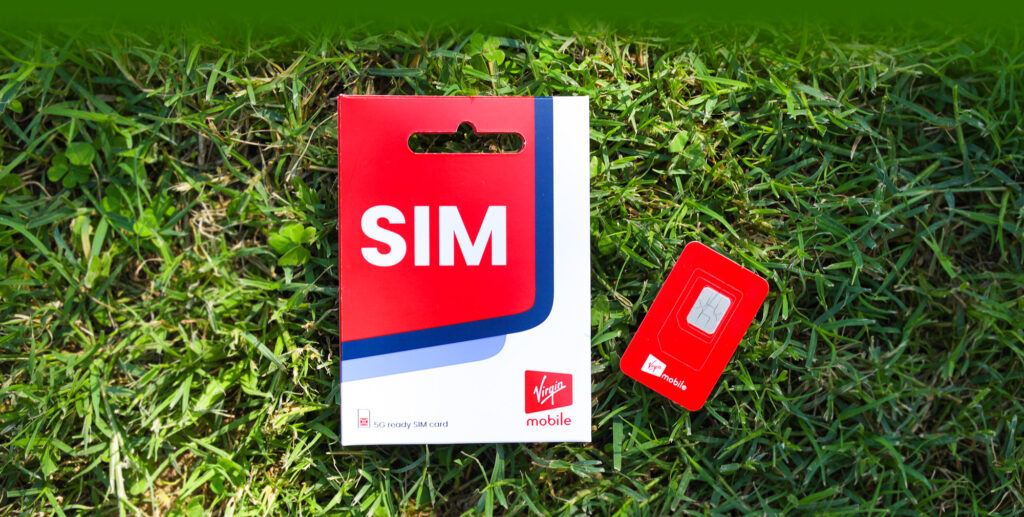
As consumers are becoming more environmentally conscious, the onus is on companies to innovate and introduce sustainable alternatives to ensure a collective effort towards building a better future. Our new sustainable SIM cards are another key step in the right direction.
Rob Beswick, MD Virgin Mobile UAE
What should be MNOs’ long-term plan?
With rate of eSIM (and iSIM) adoption to be around 6 billion devices by 2025, the rise of the embedded SIM, or eSIM, is helping accelerate telcos’ digitisation strategies and dramatically cut down the need for physical components. This makes eSIM the natural most sustainable and most compelling SIM choice for network operators. Already over 260 telcos worldwide offer support for the technology which has been boosted by Apple’s launch of their eSIM-only iPhone 14. Workz became the first SIM provider to offer a GSMA-certified eSIM management platform in the cloud making the switch for operators significantly faster and easier.
Know your eco-friendly terms
Recyclable plastic
Reprocessing waste plastic into useful products, sometimes completely different in form from their original state
Biodegradable plastic
Plastics that can be decomposed by the action of living organisms, usually microbes, into water, carbon dioxide, and biomass
Bioplastic
Bioplastics are made by converting the sugar present in plants, usually corn, sugar cane, sugar beets, wheat or potatoes
Biobased
Products that mainly consist of a substance (or substances) derived from living matter (biomass) and either occur naturally or are synthesised
Degradable
A degradable substance can change into a simpler chemical structure, especially over time
Oxo-degradable
Additives that make the plastic break down faster into tiny fragments (microplastics) which do not completely decompose
Compostable
A subset of biodegradable plastics that are designed to break down under controlled environmental conditions into water, biomass, and gases such as carbon dioxide and methane
Renewable
Renewable resources are those resources that continue to exist despite being consumed or can replenish themselves over a period even as they are used
Fossil fuel-based
Fuels made from decomposing plants and animals, found in the Earth’s crust and contain carbon and hydrogen, which can be burned for energy
Eco-friendly SIM solutions are available
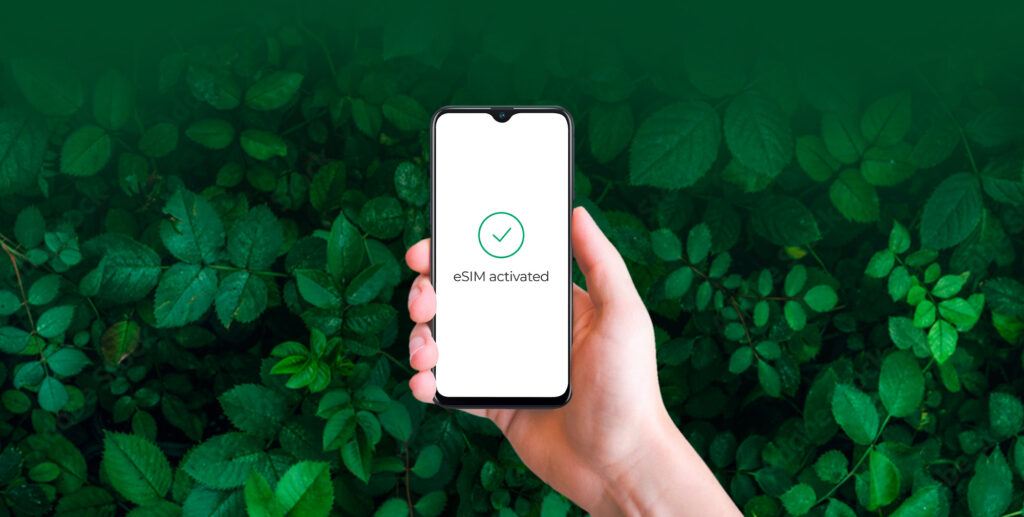
If you would like more information about EcoSIM, our eSIM offering, and a free sustainability consultation on your supply chain, please reach out to us using the contact button below.


